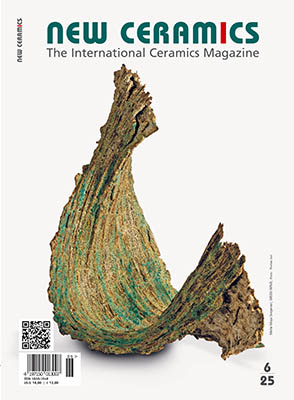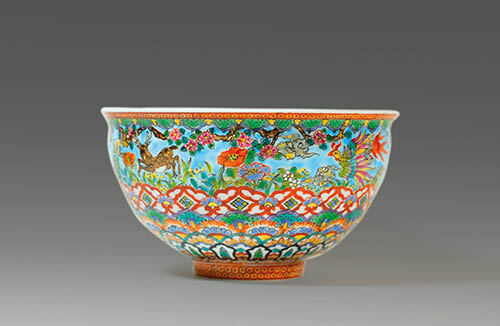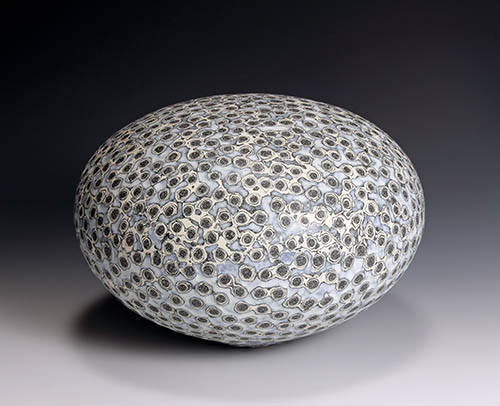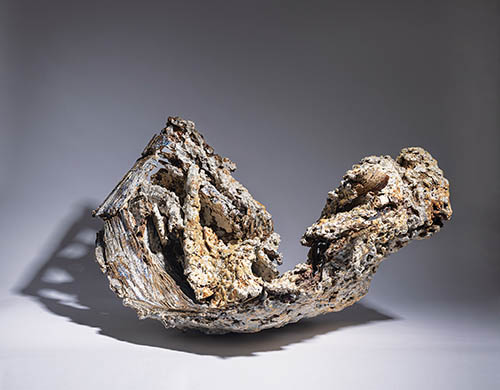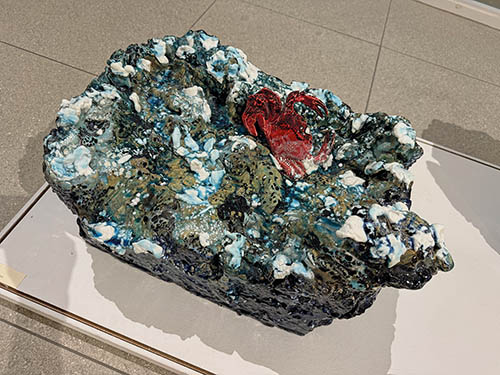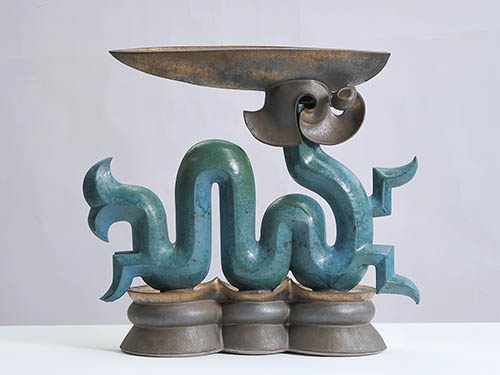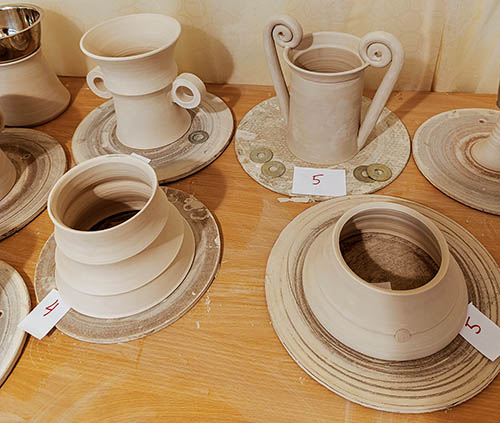Bouke de Vries: UNBROKEN
Exhibition at the Keramiek Museum
Princessehof, Leeuwarden, NL
5 July 2025 – 16 August 2026
Shards, shards, shards… what is it that makes ceramic fragments so fascinating? For years, we have encountered artistic explorations of them. Bouke de Vries offers visitors a particularly stimulating answer in his survey exhibition, which runs until 16 August 2026 at the Dutch National Museum of Ceramics in Leeuwarden. And my tip: be sure to see it.
“It’s somehow strange that broken objects like these, which are just as well made as intact ones, simply end up in the trash”, says Bouke de Vries. After visiting the presentation Unbroken, featuring some 95 exhibits including eleven created especially for this exhibition, the only option is enthusiastic approval. For however diverse the individual works may be, the viewer always senses the artist’s respect for the special quality and history of his source objects. And that these are made primarily, but not exclusively, of ceramic is made clear right at the beginning of the exhibition by a two-thousand-year-old Chinese wooden horse. Its rotten wooden legs have been replaced by stacked, interlocking Chinese ceramic fragments, and on its back, a collection of ceramic fragments from China, Korea, Japan, and Europe, is also piled up. The centuries-old cultural and economic exchange along the Silk Road could hardly be depicted more strikingly and, above all, more aesthetically.
(Gudrun Schmidt-Esters)

